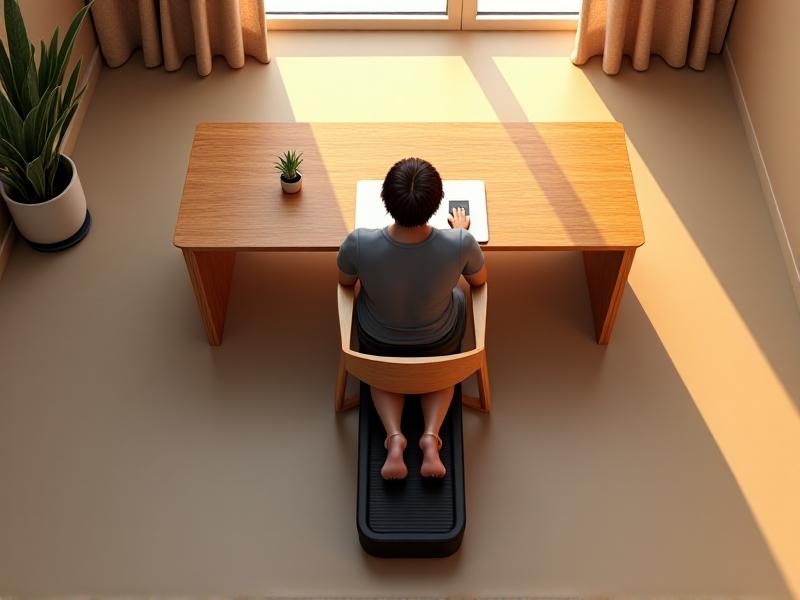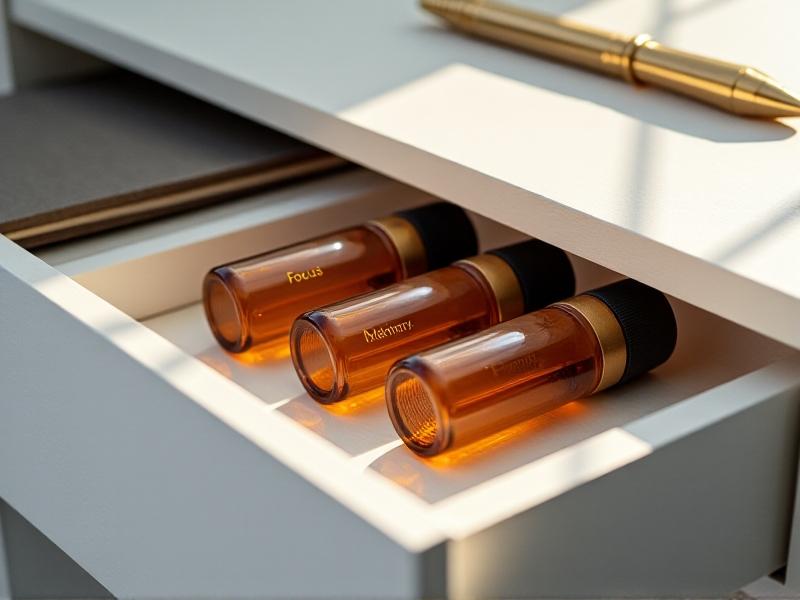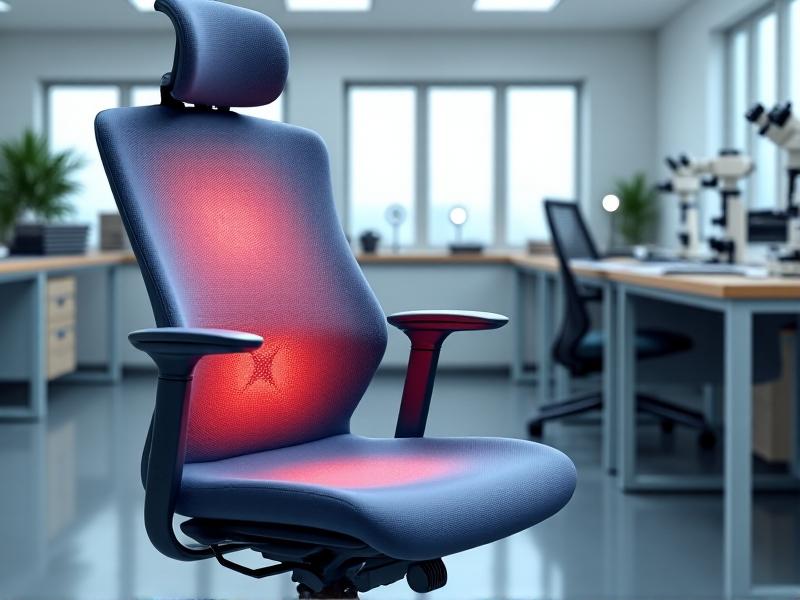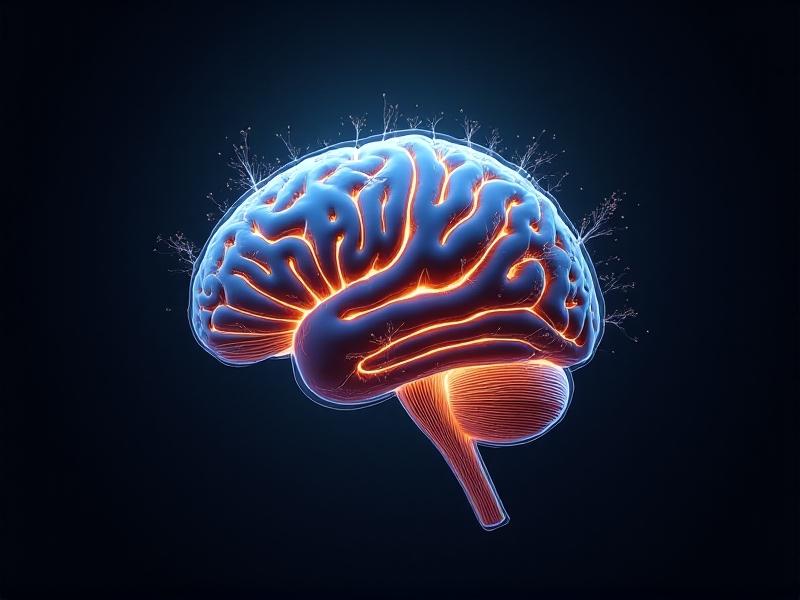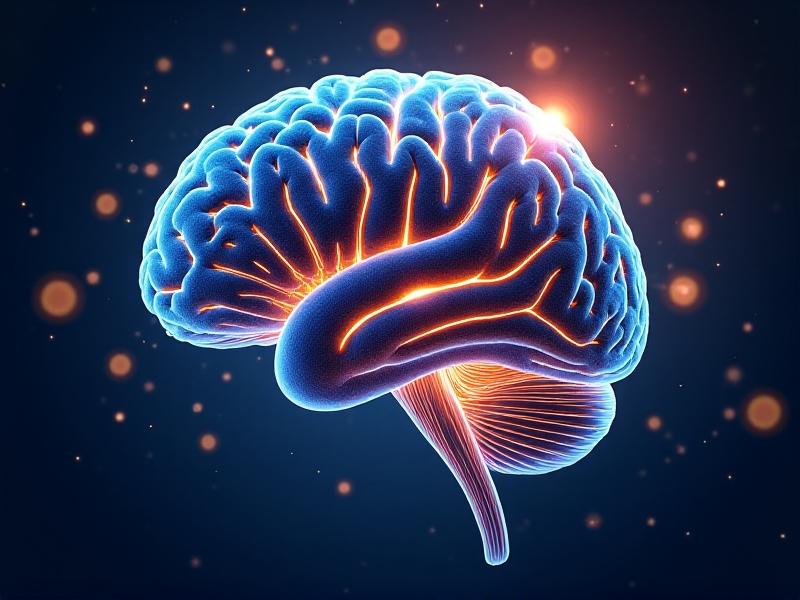Meeting Recovery Breathing Sequences
Meeting Recovery Breathing Sequences: Reclaim Focus and Calm After Stressful Discussions

Understanding the Toll of Back-to-Back Meetings
Modern work culture often traps professionals in a cycle of continuous virtual or in-person meetings that leave little room for mental reset. The cumulative effect of decision fatigue, emotional labor, and sustained focus creates a physiological debt that conventional coffee breaks fail to address. Meeting recovery breathing sequences offer a targeted solution to this modern workplace challenge, helping individuals bridge the gap between high-stakes conversations and sustainable productivity.
The Neuroscience of Breath-Led Stress Recovery
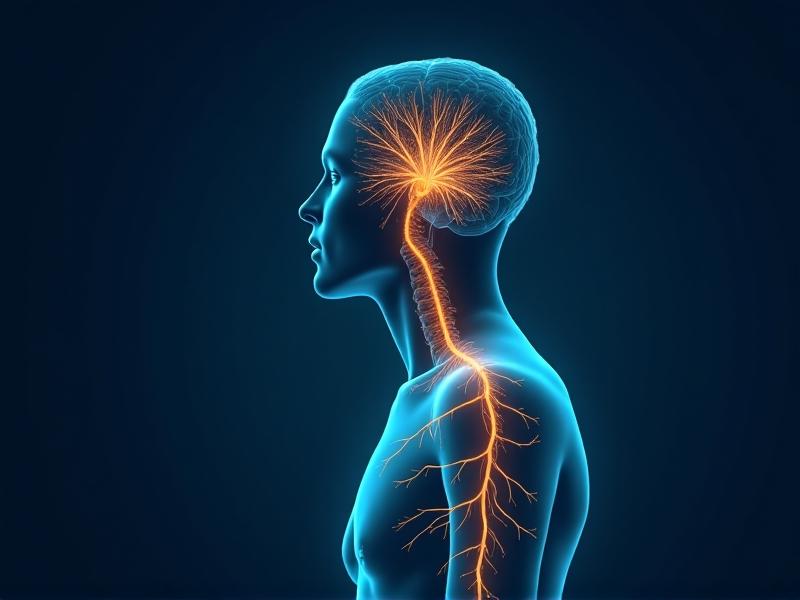
When conflict arises or cortisol spikes during meetings, the body's sympathetic nervous system triggers fight-or-flight responses that linger long after agendas conclude. Specific breathing patterns stimulate the vagus nerve, activating parasympathetic responses that lower heart rate and blood pressure. Research from the American Institute of Stress shows strategic breathwork can reduce stress hormone levels by up to 40% within five minutes.
Designing Your Personal Recovery Protocol
Effective sequences balance duration with work constraints: a 90-second emergency reset differs from a 10-minute reflection practice. Consider pairing breath patterns with subtle physical anchors – finger pressure points or seated posture adjustments – to enhance neurological impact. Tracking tools like heart rate variability monitors can help personalize rhythm and depth parameters for individual stress profiles.
Four Evidence-Based Breathing Patterns

1. Coherent Breathing (5-second inhale/exhale rhythm) stabilizes emotional volatility post-feedback sessions. 2. Resistance Breathing (exhaling through pursed lips) helps dissolve frustration after contentious debates. 3. Box Breathing (4-count holds between breaths) restores focus before transitioning tasks. 4. Physiological Sigh (double inhale followed by extended exhale) rapidly alleviates acute stress from surprise announcements.
Stealth Reset Techniques for Shared Spaces
Professionals can practice discreet recovery even during in-person meetings through subtle methods: syncing breath to others' speaking patterns, using water bottle sips as exhale cues, or employing pressure point stimulation while handling note-taking devices. These micro-techniques maintain professional presence while initiating nervous system recovery.
Digital Detox Breathing Rituals
After video conferences, combat Zoom fatigue with screen-away sequences: align 2-minute breathing sessions with computer reboots or peripheral vision exercises that reset ocular muscles. Pair exhales with deliberate disengagement from devices – closing browser tabs physically correlates with mental compartmentalization of meeting content.
Cultural Adaptation for Team Implementation
Progressive organizations now schedule "breathing buffers" between calendar events. When introducing group recovery practices, consider cultural nuances: some teams respond better to gamified breathing challenges, while others prefer data-driven approaches showing biometric improvements in meeting performance metrics.
Sustained Practice Development
Build endurance through progressive overload principles: start with single-meeting recovery, then train for full-day summit resilience. Apps like Breathwrk offer adaptive programs that adjust patterns based on stress biomarkers and personal recovery thresholds. Pair breathing logs with productivity measurements to identify optimal recovery investment levels.
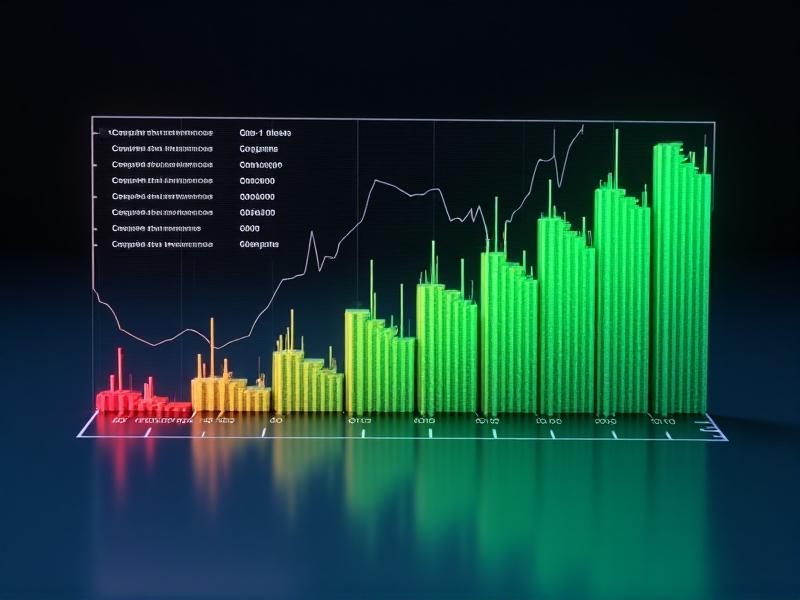
Future Evolution of Workplace Recovery
Emerging technologies like discreet EEG headbands and environmental sensors will enable real-time breathing recommendations based on detected stress biomarkers. Forward-thinking office designs now incorporate dedicated recovery alcoves with immersive audiovisual systems that enhance breathing protocol effectiveness through multi-sensory synchronization.

